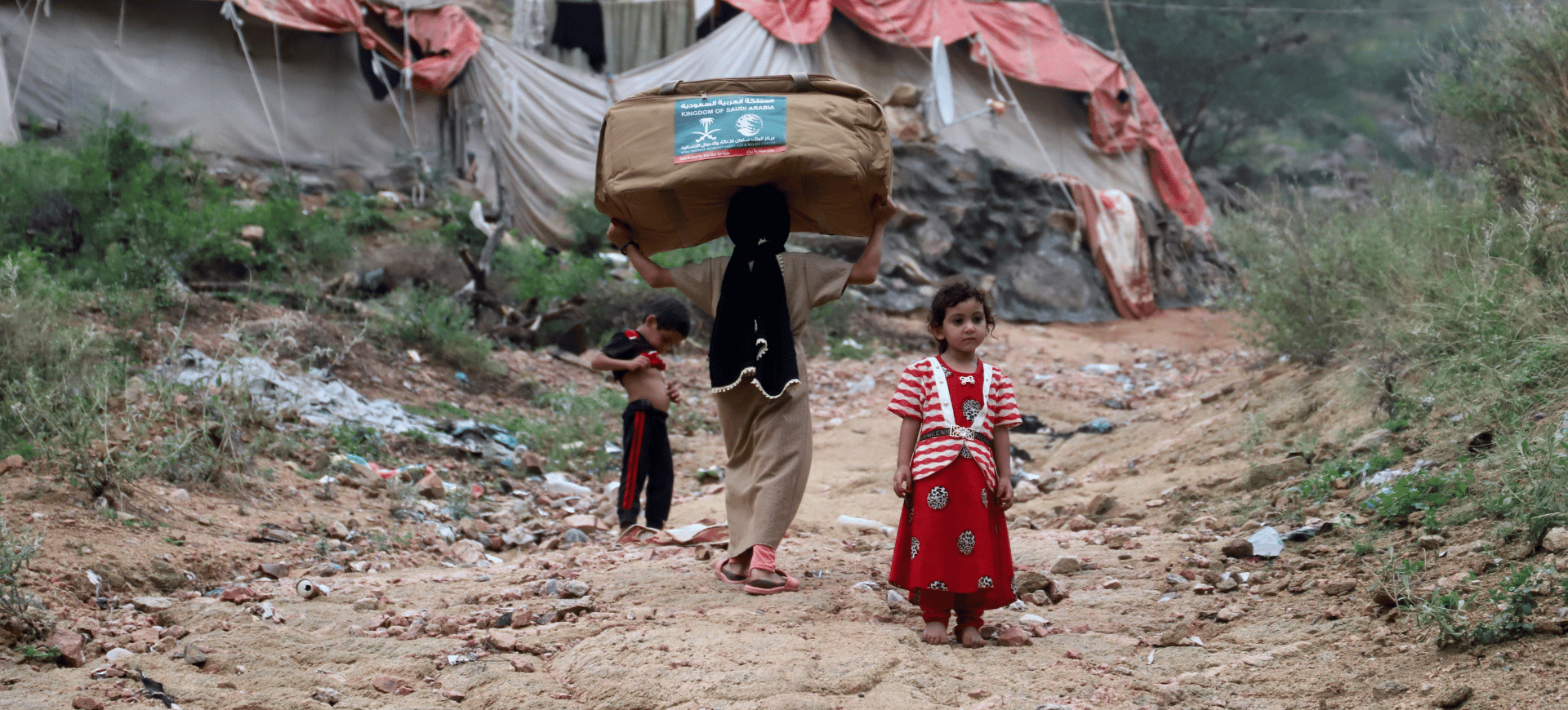Health systems in conflict: amplifying the role of evidence in strengthening health system resilience
Much has improved over the past decade in the way that health systems in crisis are supported. Collecting and sharing data is an integral piece of this puzzle – but there is still a long way to go in optimising this process
There is growing evidence of the devastating direct and indirect effects of war on civilians and civilian structures such as hospitals in Syria, Gaza, Ukraine, Sudan and many other ongoing conflicts. The statistics on the effects of conflict are alarming, with the impacts also contributing to the highest historical numbers of forcibly displaced persons globally, having an overwhelming impact on national health and cross-border systems. Climate-related emergencies are exacerbating political, socio-economic and environmental tensions in conflict-affected settings, posing additional risks to already burdened health systems. Against this grim backdrop, what has changed over the last decade in the humanitarian and early recovery response to support health system resilience and population coping strategies?
Improving data collection
First, data on the effects of conflict on health and broader systems is improving. Organisations such as Armed Conflict Location and Event Data (ACLED) have been collecting data on violent conflict in all countries and territories since 2014. Similar organisations, such as the Health in Humanitarian Crises Centre at the London School of Hygiene and Tropical Medicine and the Geneva Centre of Humanitarian Studies – largely enabled through partnerships between organisations in high-income countries and those at the epicentre of armed conflict, often frontline local, regional and international non-governmental organisations – are contributing to better quality and availability of data. These collaborative and multidisciplinary efforts support more effective, informed and targeted interventions.
However, sustainable funding for such partnerships remains a significant challenge, despite better knowledge about impact, dissemination of research and improvements in co-production, with notable examples of innovative humanitarian-focused funders such as Elrha and Research for Health in Humanitarian Crises (R2HC). Closely aligned to improved data on health systems in conflict-affected areas are the many policy-specific and research outlets that focus on this topic, although most are published only in English.
Second, the documentation of access to health systems and coping strategies of conflict-affected communities in active conflict has improved. These strategies often involve local and diaspora communities working together to strengthen health systems during crises such as outbreaks.
Examples include Covid-19, cholera and mpox. Organisations such as the award-winning Physicians for Human Rights have captured the voices of those with lived experience of conflict, often working in the most trying circumstances. This material informs improved policy discourses and widens the communities of policy and practice.
Third, health system governance mechanisms are continually evolving to reflect the changing character of conflict. Non-state or quasi-governmental organisations with more democratic structures and processes are often perceived as legitimate. Recent studies indicate that bottom-up health governance models are perceived as more legitimate and trustworthy than top-down models, which are often considered the least legitimate among populations living in difficult and protracted conflicts. The effectiveness of grass-roots approaches and community-based governance enhances trust, cooperative behaviour, health interventions and sustainability. These models of governance highlight the role of legitimate health systems in practising civic virtue and promoting social justice, thus contributing to broader peace-building efforts that incorporate the views of marginalised populations. These insights are crucial for policymakers and development donors to strengthen health systems in challenging contexts. Lessons from Syria, Ethiopia, Myanmar and elsewhere suggest that health system strengthening should be community based and consider the culture of the health system as it evolves during and after conflict. This requires
consensus-building, brokering and building new partnerships; navigating and communicating complex ideas, such as working across sectors; using systems thinking; facilitating open dialogues; and co-creating ideas.
Room for improvement
Lastly, although the reform of the United Nations system is slowly underway since the World Humanitarian Summit in Istanbul in 2016, many observers have argued for strengthening and making the system more effective to meet the changing nature and demands of conflict. Underlying these developments is a need for stronger collaborative efforts to enhance the role of localisation via strengthening local and regional capacity, and to measure its effectiveness through co-production and equitable partnerships. The concept of a ‘humanitarian-development-peace nexus’ focuses on the work required to coherently address population vulnerability before, during and after crises. Most leading international agencies have endorsed the New Way of Working to deliver the nexus approach with donors showing some signs of changing how they fund aid programmes to improve effectiveness and sustainability.
However, there is substantial room for improvement by being more inclusive of local and regional groups that have little or no power or resources. The emphasis on local leadership and the development of national and local systems to provide essential health and social services and be accountable offer opportunities for more sustainable, appropriate and transformative responses. The current international dialogue and reform process includes a welcome focus on strengthening evidence on local and regional health system capacity and resilience. ▪












